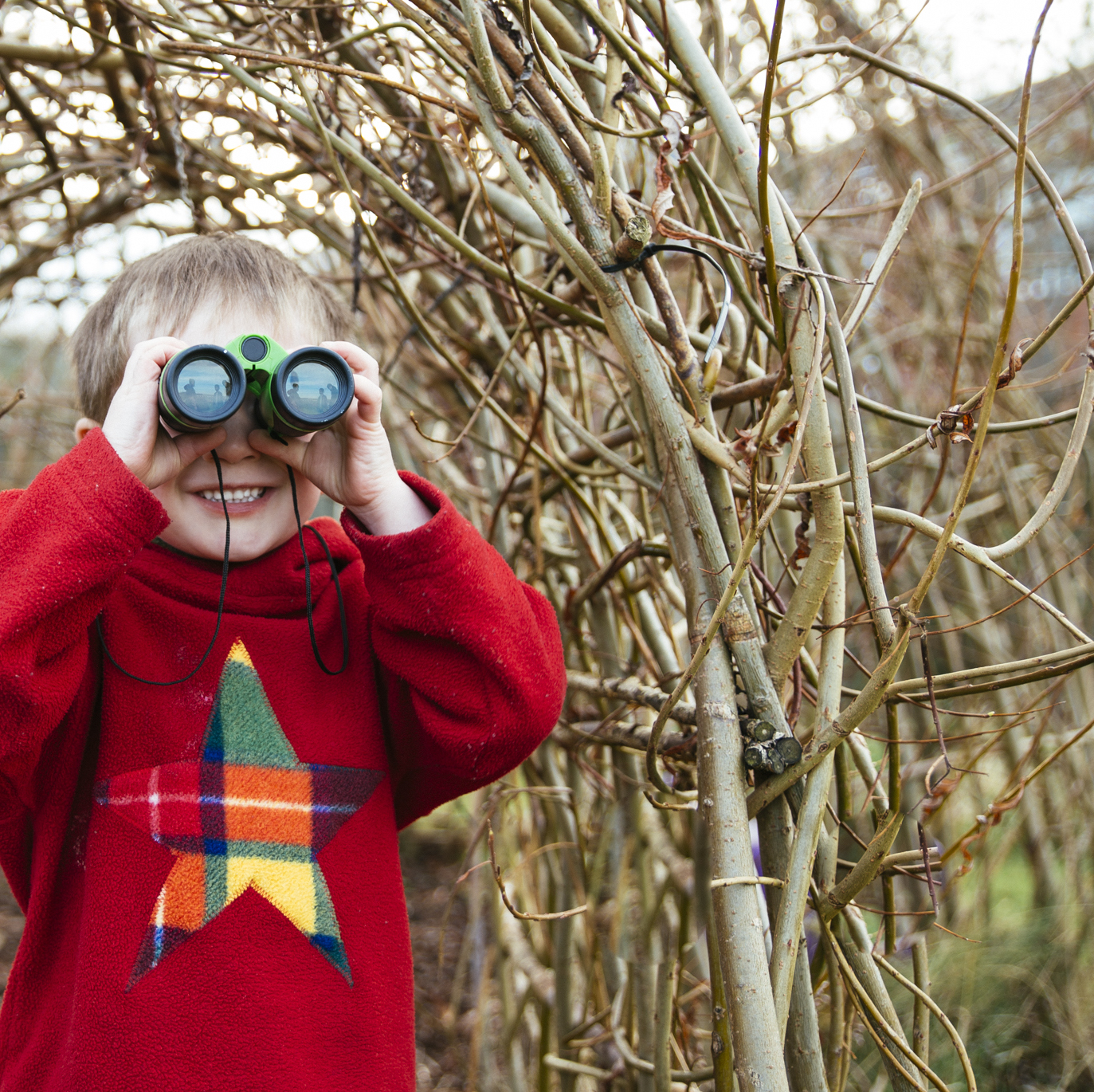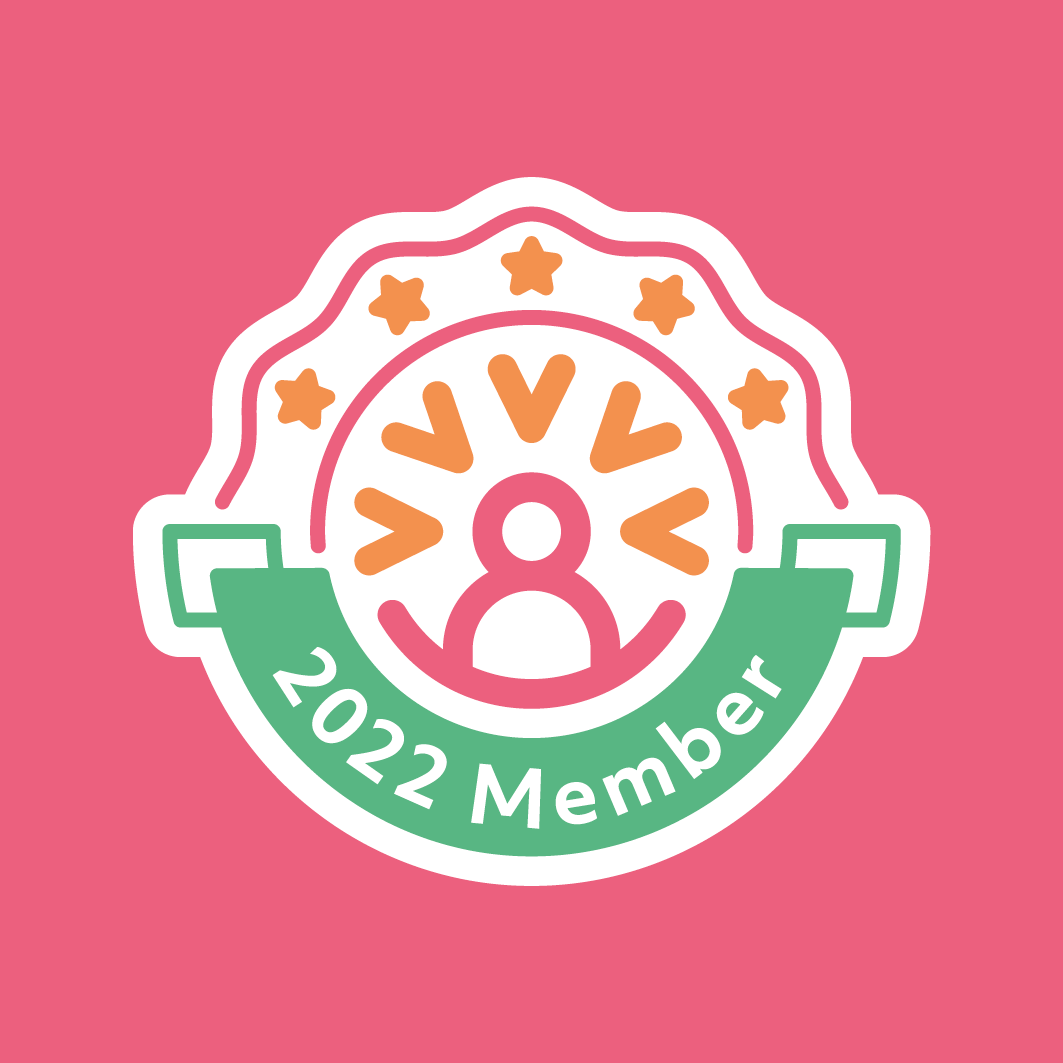Ensuring equal access online
5 Jul 2022
Work to embed accessible approaches within an organisation can be daunting but ultimately rewarding. Lynn Gilmour discusses how Children in Scotland is working to ensure equal access to all of its resources.
Accessibility and me
My first experience of accessibility, or rather lack of, was at school, in the era of blackboards and chalk and handwritten acetates on a projector. I was the exceptionally short-sighted child who had to make a daily decision: sit with my friends near the back of the classroom and risk not being able to read much, or sit at the front, usually alone, so I could fully participate in the learning. It’s hard, especially as a young person, to appear different, so I tended to sit at the back.
Thankfully, there is now far greater awareness of accessibility, physical and digital, and it’s a privilege for me as an adult to spend time developing Children in Scotland’s digital accessibility approaches and strategy, and working to ensure that everybody who works or engages with our projects and services has equal access to our resources, and doesn’t experience barriers as I did.
Accessibility and Children in Scotland
Children in Scotland’s aim is to give every child in Scotland an equal chance to flourish, and we work with professionals, practitioners, children, young people and families. This means our potential audience is everybody who works with, knows or has children. We have a duty to provide information and provide it in an accessible way, which is a big responsibility and a great deal of trust is placed with us.
With all of our work, we have a focus on accessibility, which includes: providing captions and transcripts for video content and webinars; using alt-text for images; avoiding over-use of jargon and acronyms in policy documents, and using clear language which can be easily read and understood by all.
The fundamentals of our approach to accessibility are fairly simple – can everybody, or as many people as possible, access our information equally and in a way that works for them?
If the answer is yes, we can continue to develop our approach. If the answer is no, we revise how we are working.
When we talk broadly about accessibility, we tend to think of it as solely relating to people with disabilities, but it’s so much broader in scope.
Everybody benefits from content that can be personalised, whether that means being able to increase the font or font size, listen to content, adjust the colour contrast on a web page, or have content translated into another language.
Dazzling design
At Children in Scotland, we also have a brand font and colour palette that we chose to be accessible, and are fortunate to have a designer who is constantly developing his learning about elements like colour contrast and accessible design.
There is sometimes a tension between ‘sleek’ design and accessibility. You will have seen websites that have moving or flashing images to entice you, and written reports that use neon colours to attract attention. While these may seem engaging, remember that for some users rapidly flashing images might lead to seizures and for some readers those neon brights will flare against the text on the page, making it unreadable.
We always put accessibility first, ahead of dynamic design elements, and empower colleagues to say no to colour choices or fonts that aren’t accessible. It’s absolutely possible to design resources that are both eye-catching and accessible, but it’s important to have accessibility as the number one goal.
It takes a village
We are fortunate to also be supported on our journey by ReciteMe, which provides an accessibility toolbar that sits on our website, offering a screen reader and functionality to allow users to personalise how they read and view the website, and translation of the content.
One step at a time
It may feel that committing to accessibility across all of your work is daunting, and that there is a lot of information to take in.
But think of it as a journey, where you focus on one aspect (website, social media, written reports), then review and reflect before working on the next, and it becomes exciting.
When we review our website statistics and find people listening to content, or translating it, it’s so positive to know that they are engaging with Children in Scotland and what we do in the way that works best for them as individuals.
But the best feedback is no feedback; when nobody needs to contact us to request information in an alternative format, it means they are able to access what we’ve produced and engage fully, without having to make the choice, like I did at school, of highlighting a difference, or missing out.

About the author
Lynn Gilmour is Digital lead in Children in Scotland's Communications team
Click here for more
Learning that makes a big impact
We're offering a full in-person and online training programme throughout 2022
Click here to explore our events
Our membership offer
Be part of the largest national children's sector membership organisation in Scotland
Click here for more